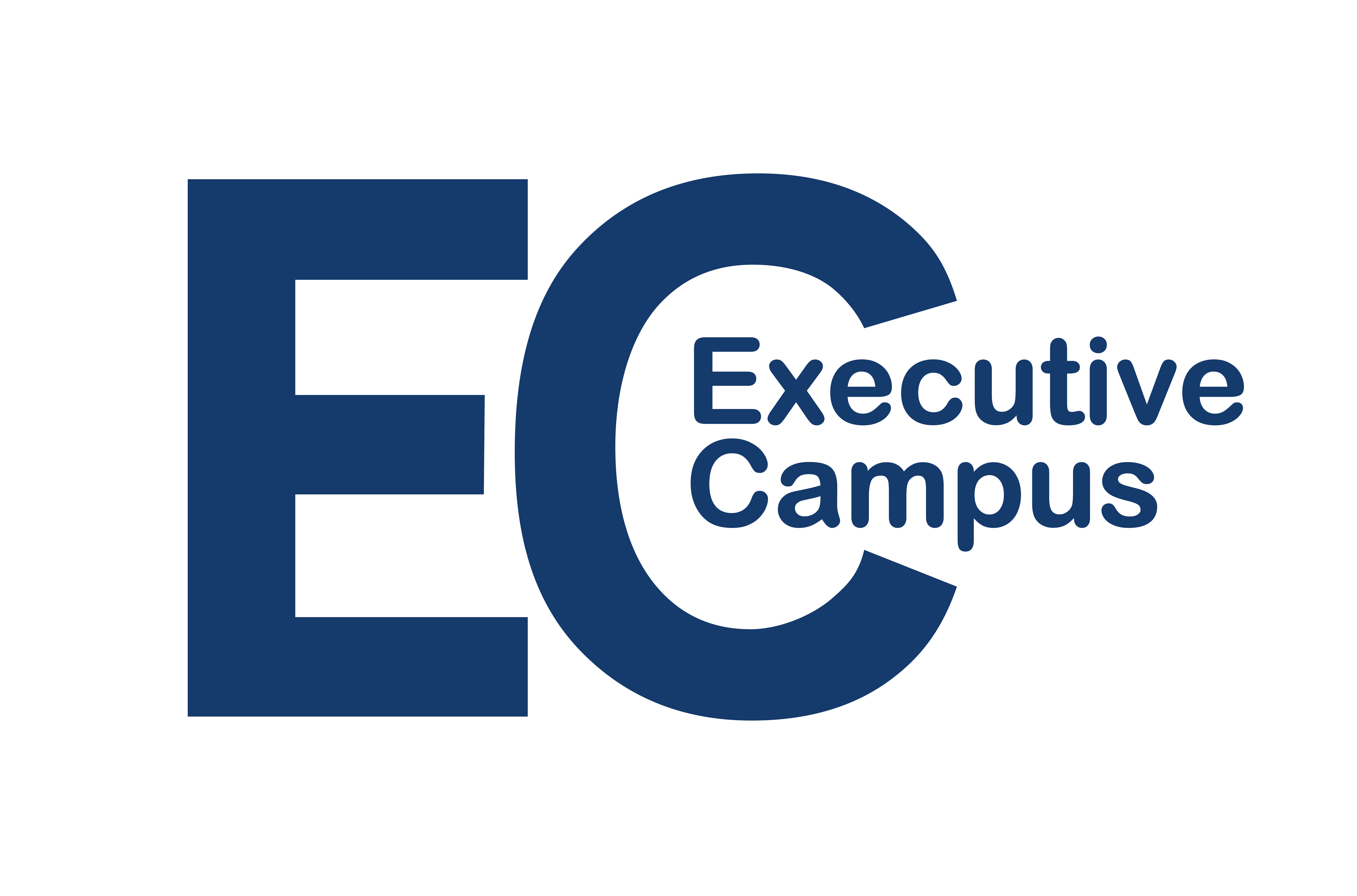Retour au Cours
AMP Collective Leadership
0% Terminé
0/0 Steps
-
Module 1: Strengthening my personal and team responsibility
Module's presentation -
Techniques for improving deadline adherence
-
Strategies for managing stakeholder expectations
-
Fostering team accountability
-
Module 2 : Building collaborative relationships across the organization and beyondModule's presentation
-
Identifying collaborative opportunities
-
Setting up collaborative projects
-
Balancing individual and team interests
-
Module 3: Delegating effectively for greater team and personal successModule's presentation
-
The art and science of delegation
-
Building confidence and accountability in delegation
-
Balancing task attractiveness and risk management
-
Module 4 : Driving results through clear objectives and actionable plansModule's presentation
-
Setting Clear and Challenging Goals
-
Designing Actionable Plans
-
Mobilizing and Motivating Teams
-
Module 5: Mastering planning and organization for strategic impactModule's presentation
-
Separating high-impact from low- impact tasks
-
Techniques for structured planning and scheduling
-
Applying planning to complex scenarios
-
Module 6: Conflict resolution for productive and harmonious teamsModule's presentation
-
Understanding conflict and its impact
-
Tools and Techniques for Conflict Resolution
-
Building Consensus and Preventing Future Conflicts
-
Module 7 : Making decisive choices for lasting impactModule's presentation
-
The foundations of decisive decision-making
-
Techniques for assessing and taking calculated risks
-
Decision-making in high-stakes scenarios
-
Module 8 : Developing my team for long-term successModule's presentation
-
Aligning team development with organizational goals
-
Structuring development plans and opportunities
-
Preparing teams for future trends
-
Module 9: Leading teams to achieve outstanding resultsModule's presentation
-
Setting clear roles, expectations, and accountability
-
Encouraging team problem-solving and cross-departmental thinking
-
Managing team tensions and internal dynamics
-
Module 10: Managing stress and maintaining focus in challenging situationsModule's presentation
-
Building Resilience to Navigate Pressure
-
Prioritizing critical tasks and maintaining focus
-
Handling criticism and setting boundaries
Leçon 3 sur 40
En cours
Strategies for managing stakeholder expectations
Learning objectives:
- Develop proactive communication strategies for stakeholder management.
- Balance transparency and confidence when addressing delays or obstacles.
- Build trust by managing stakeholder expectations effectively.
Proactive communication models:
- Three-step approach:
- Set clear expectations: Define deliverables, deadlines, and roles upfront.
- Monitor progress: Establish regular updates and check-ins.
- Adjust plans transparently: Communicate changes early and involve stakeholders in mitigation planning.
Real-world example:
- Scenario: A CEO of a tech startup effectively managed investor expectations during a critical delay in product deployment. Highlighted strategies used to maintain trust.
Framework: Stakeholder influence map:
- Steps to create a map:
- Identify all key stakeholders.
- Categorize stakeholders by influence (high, medium, low) and interest (active, passive).
- Develop tailored communication plans for each group.
Interactive workbook:
- Pre-filled examples with templates for participants to use on their projects.
Role-playing exercise:
- Scenario: Your team faces a critical delay in integrating systems during a merger.
- Activity: Prepare a communication plan to update the executive board, middle management, and external consultants.
- **Present the plan in small groups, simulating real-life stakeholder interactions.
- Feedback: Participants give and receive peer reviews on the effectiveness of their strategies.
